Braking systems are one of the most critical components of a mountain bike, directly affecting rider control, confidence, and overall safety. Mountain biking often involves navigating rough terrain, steep descents, and unpredictable surfaces, making reliable brakes essential. Modern mountain bikes typically use two main types of braking systems: rim brakes and disc brakes, each with its own characteristics and advantages.
1. Rim Brakes
Rim brakes are one of the older and simpler braking technologies, where brake pads press directly against the wheel rim to slow down or stop the bike.
-
Types:
- V-brakes (linear-pull brakes): Common on entry-level mountain bikes; offer strong braking power for moderate terrain.
- Cantilever brakes: Often used on lightweight or cross-country bikes; provide good modulation and ease of maintenance.
-
Safety Advantages:
- Lightweight and easy to maintain, which is beneficial for casual riders.
- Simple mechanical design reduces the risk of sudden failure.
-
Limitations:
- Performance decreases in wet or muddy conditions, as water or debris can reduce friction between the pad and rim.
- Less stopping power on steep or technical trails compared to disc brakes.
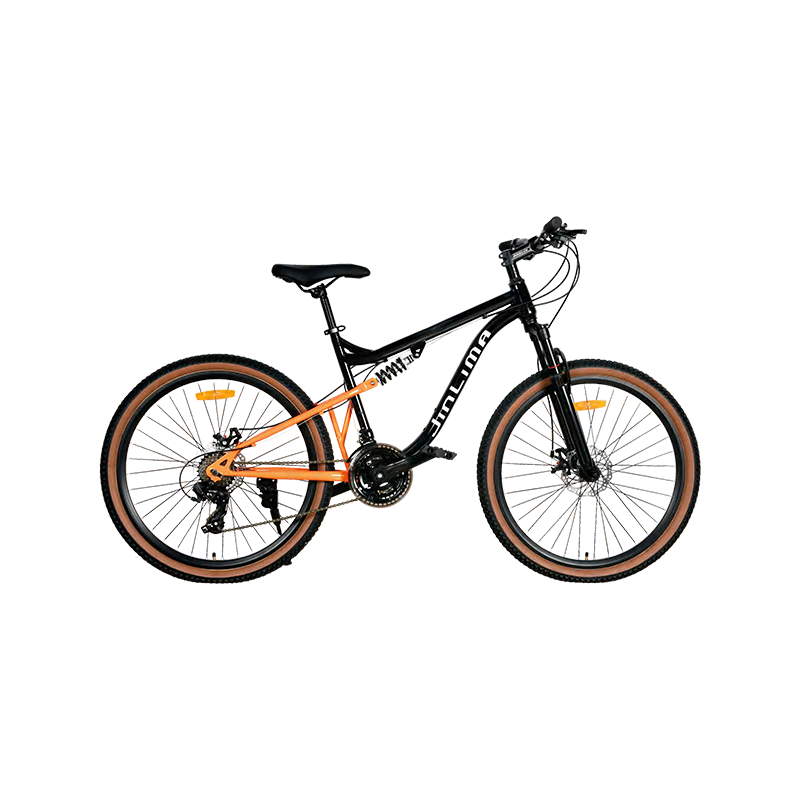
2. Disc Brakes
Disc brakes have become the standard for modern mountain bikes, offering superior stopping power and reliability under all conditions. They work by clamping brake pads onto a metal disc (rotor) attached to the hub of the wheel.
-
Types:
- Mechanical (cable-actuated) disc brakes: Activated by a cable connected to the brake lever; easier to adjust but slightly less powerful than hydraulic versions.
- Hydraulic disc brakes: Use fluid in a sealed system to transfer force from the lever to the caliper; provide smooth, consistent braking with minimal effort.
-
Safety Advantages:
- All-weather performance: Disc brakes maintain consistent stopping power even in rain, mud, or snow.
- Higher stopping power: Ideal for steep descents, technical trails, and downhill racing, reducing the risk of accidents.
- Better heat dissipation: Rotors are designed to prevent overheating during long, continuous braking, avoiding brake fade.
- Precise modulation: Riders can control braking force accurately, allowing for smoother deceleration and better handling in tricky terrain.
3. How Braking Systems Improve Safety
Both rim and disc brakes contribute to mountain bike safety in several ways:
- Controlled Stopping: Reliable brakes allow riders to slow down or stop promptly, reducing the risk of collisions or falls.
- Enhanced Traction: Disc brakes, especially, help maintain wheel grip on slippery surfaces by allowing gradual and controlled braking.
- Emergency Handling: Effective brakes are crucial for navigating unexpected obstacles, sharp turns, or sudden changes in terrain.
- Confidence in Riding: Knowing that braking systems will perform consistently allows riders to focus on technique and trail navigation, reducing accidents caused by hesitation or panic.
4. Choosing the Right Braking System
- Casual or beginner riders: Rim brakes or mechanical disc brakes may be sufficient for light trails and general use.
- Serious trail, downhill, or all-weather riders: Hydraulic disc brakes are recommended for maximum stopping power, reliability, and safety.
- Maintenance considerations: Disc brakes require periodic inspection of rotors and pads, while rim brakes require rim surface cleaning and pad replacement.
Conclusion
Mountain bike braking systems are vital for both performance and rider safety. While rim brakes offer simplicity and cost-effectiveness, disc brakes—particularly hydraulic systems—provide superior stopping power, all-weather reliability, and precise control. By choosing the appropriate braking system and maintaining it properly, mountain bikers can navigate challenging trails with confidence, reduce the risk of accidents, and enjoy a safer, more controlled riding experience.


 0
0


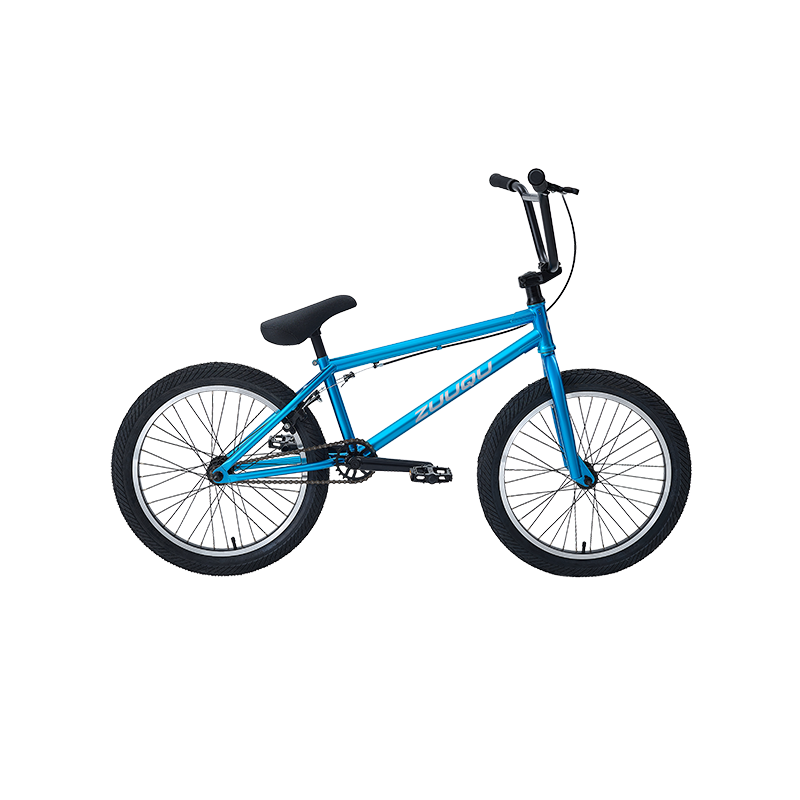

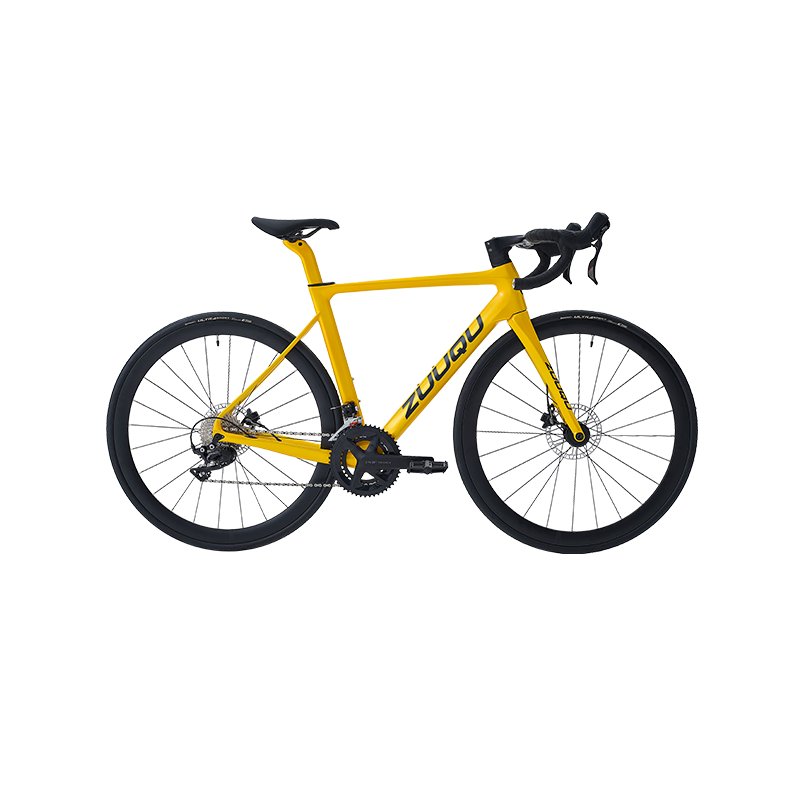
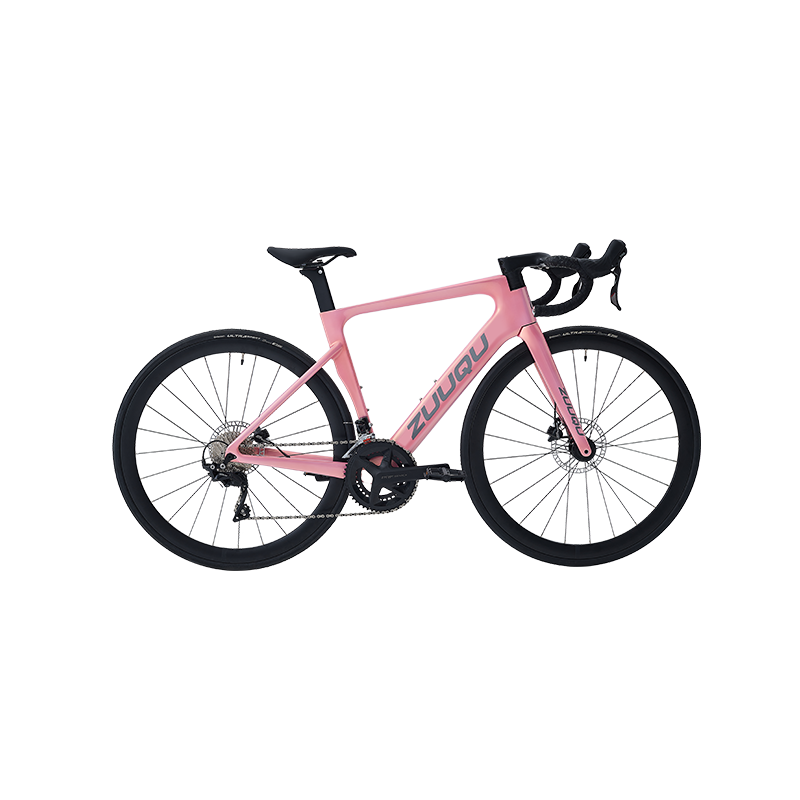
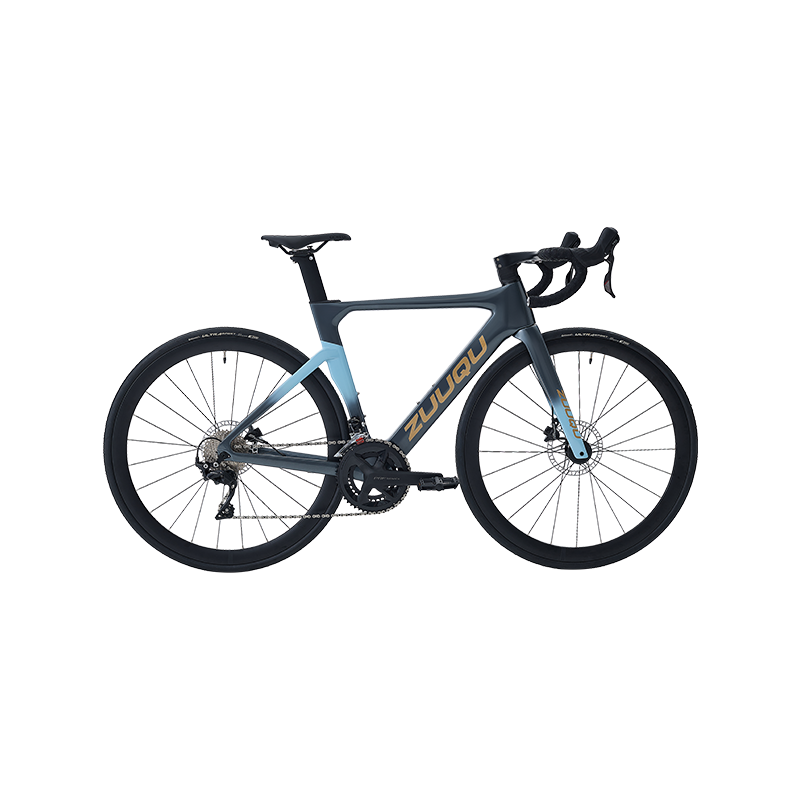
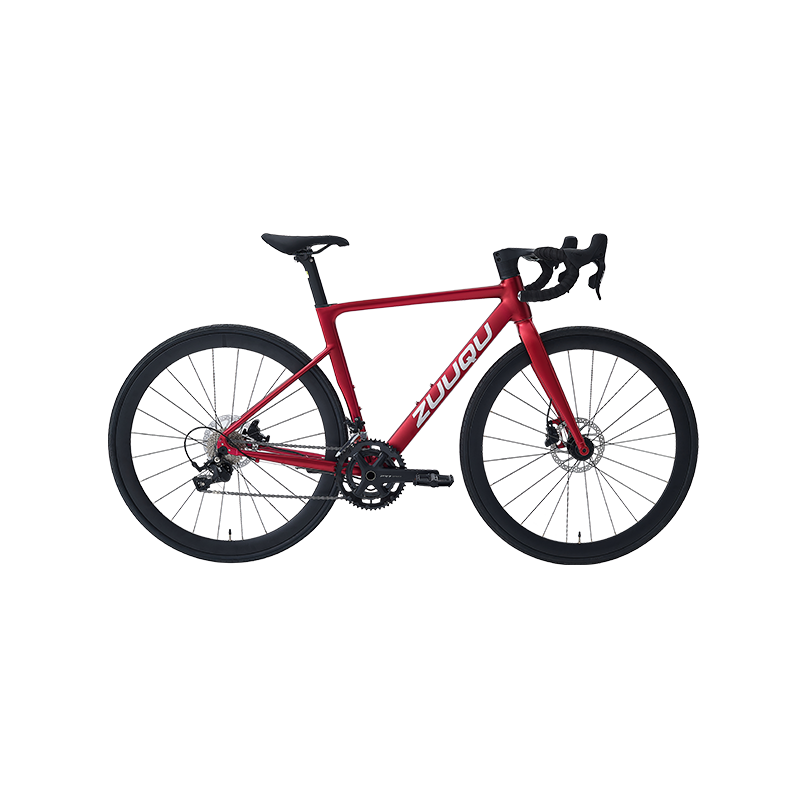
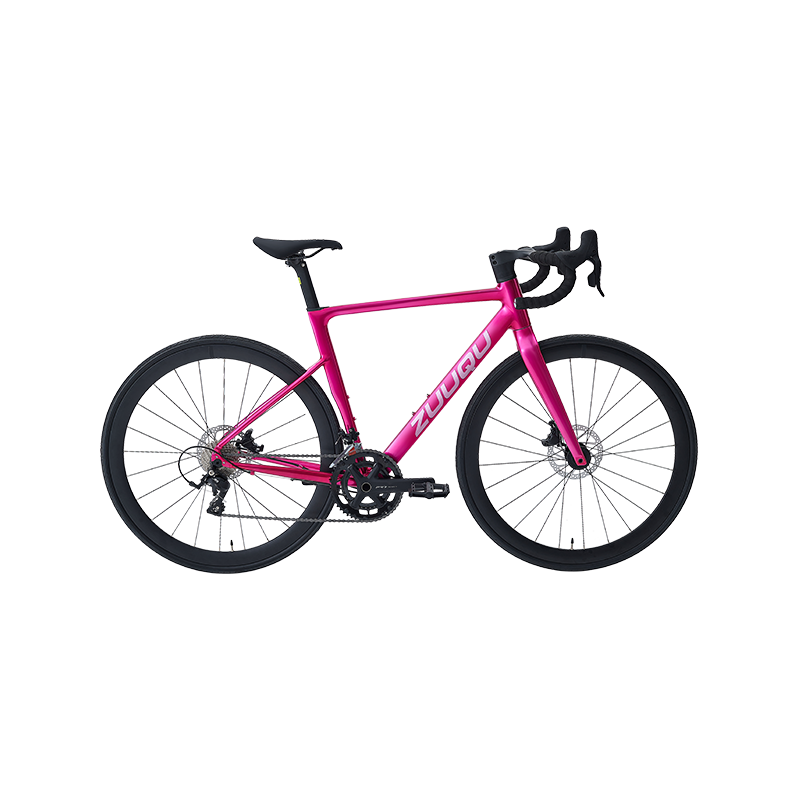
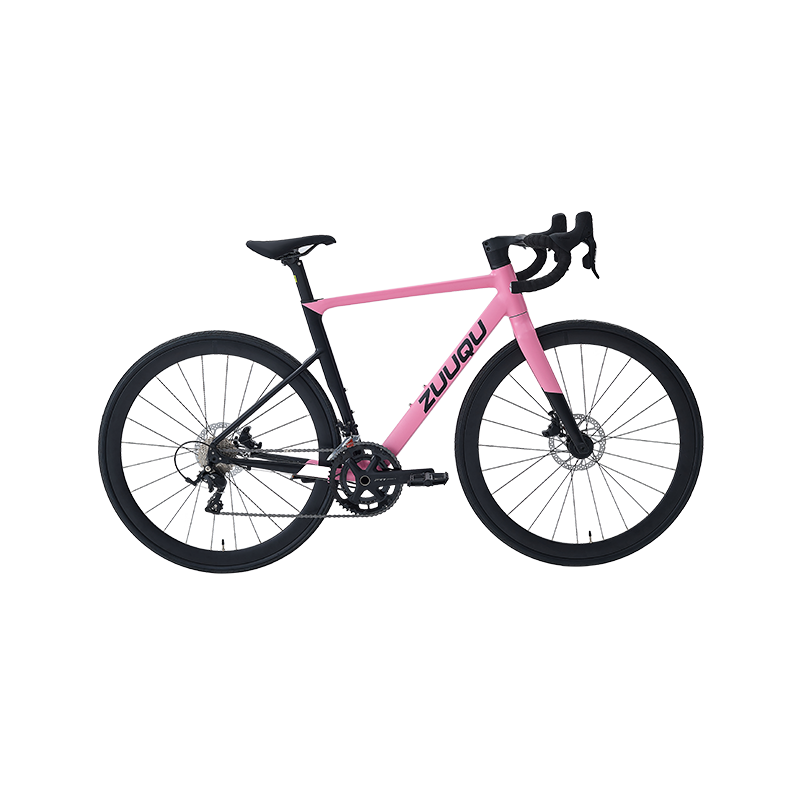
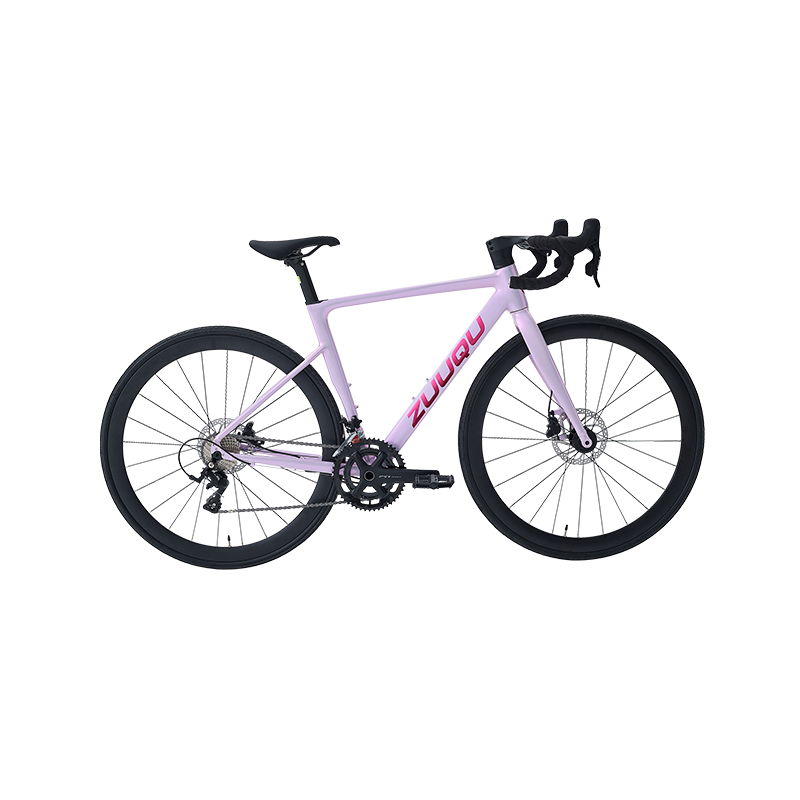
 Linhang industry park, Zhuji,
Linhang industry park, Zhuji,  +86-18858280688
+86-18858280688
